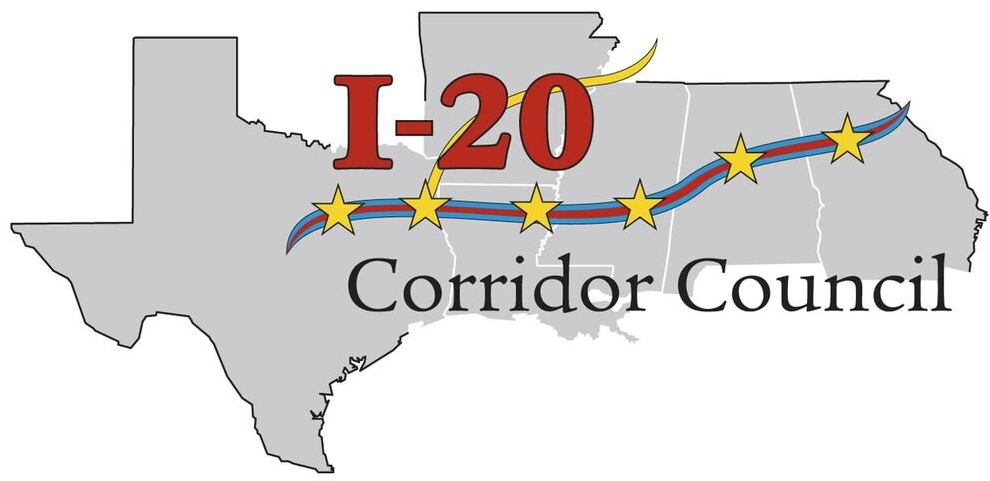PROGRESS
The Progress information on this webpage is currently being updated.
The update will be posted on January 26, 2022.
List of Services
-
Letter to the GovernorsList Item 1
On February 17, 2016, specifically timed to coordinate with the Gulf Coast inspection train, a letter was sent to the Governors and Congressional delegations of Texas, Louisiana, Mississippi, and Alabama.
The letter was written to urge their support of the proposed I-20 Corridor long-distance passenger rail service, in addition to the Gulf Coast connection. The I-20 Corridor Council worked in coordination with the Southern Rail Commission and Transportation for America on the letter, as well as obtaining the signatures of the Louisiana and Texas mayors along the I-20 Corridor route.
-
Continued Support On February 9, 2016, the 19-member North East Texas Regional Mobility Authority (NET RMA) voted unanimously on a resolution in support of the I-20 Corridor long-distance passenger rail service. On March 5, 2016, the Police Jury Association of Louisiana adopted a resolution in support of Amtrak passenger rail service in northern Louisiana.
List Item 2 -
Grant Fund PlanningList Item 3
Throughout last summer, the Corridor Council worked with officials at TXDOT and Texas Transportation Institute (TTI) in efforts to initiate a capacity study of the I-20 Corridor long-distance train including Texas, Louisiana, and Mississippi using the remaining portion of the federal grant funds of approximately $590,000 of the original $740,000 the Corridor Council obtained in 2007 and 2008, with the assistance of then-U.S. Senator Kay Bailey Hutchison of Texas. The Corridor Council also worked with Amtrak and TXDOT last summer to secure an extension from the FRA for the remaining Corridor Council federal funds.
With the current re-organization of Amtrak underway with the new leadership of Mr. Richard Anderson, formerly President of Delta Airlines, it is necessary for stakeholders that would be positively impacted by this proposed service to communicate with Amtrak in order to register their continued support for the Corridor. The two recent studies, the capacity study just having been completed in December of 2017, clearly demonstrate the economic viability of this route, as well as the positive contribution it would make to transportation across the southern United States during a time of continuing growth and needed infrastructure improvement in our region.
